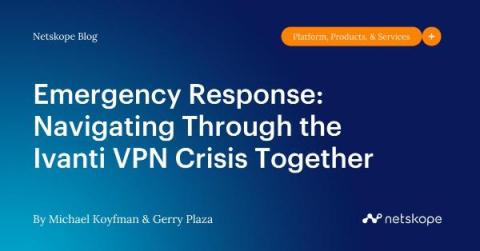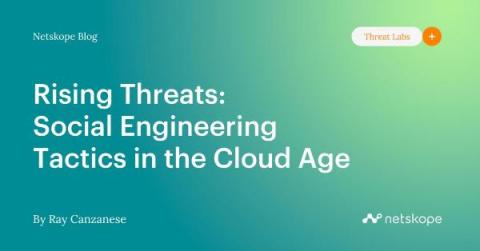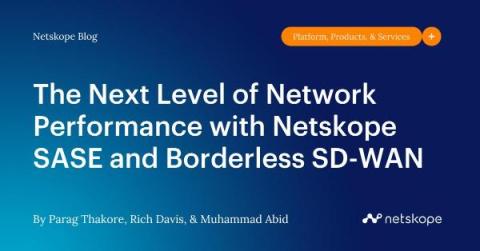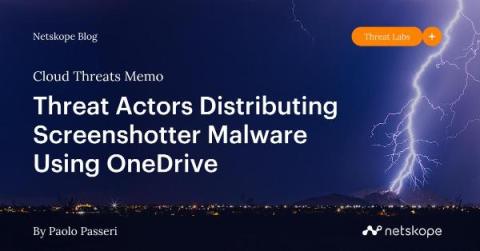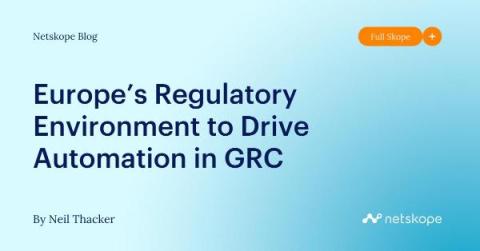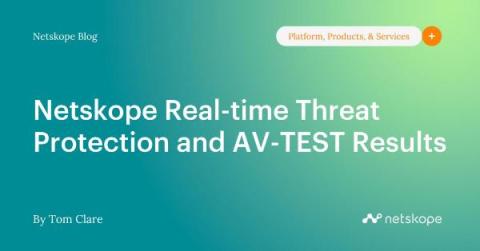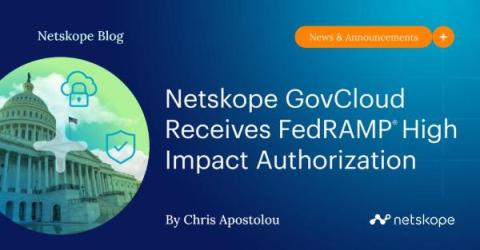Security | Threat Detection | Cyberattacks | DevSecOps | Compliance
Latest Posts
Introducing Advanced Analytics Dashboard for Analyzing Corporate Devices
Rising Threats: Social Engineering Tactics in the Cloud Age
The Next Level of Network Performance with Netskope SASE and Borderless SD-WAN
Threat Actors Distributing Screenshotter Malware from OneDrive
Europe's Regulatory Environment to Drive Automation in GRC
Netskope Threat Labs Stats for December 2023
Netskope Real-time Threat Protection and AV-TEST Results
Netskope continues to advance inline threat protection capabilities and has improved its detection and blocking of malware and phishing attacks while also lowering and improving its false positive rate in the latest AV-TEST Report. In every part of the testing, Netskope improved.
Netskope GovCloud Receives FedRAMP High Impact Authorization
At Netskope, we have a long history of supporting customers in the US Federal Government. For example, the US Patent and Trademark Office (USPTO) recently chose Netskope to help with its cloud-first security initiatives, building out their entire SASE architecture. Today, we’re thrilled to announce two major developments to make it easier to acquire and implement Netskope in US federal agencies and the contractors that support them.
A Look at the Nim-based Campaign Using Microsoft Word Docs to Impersonate the Nepali Government
Threat actors often employ stealthy attack techniques to elude detection and stay under the defender’s radar. One way they do so is by using uncommon programming languages to develop malware. Using an uncommon programming language to develop malware provides several benefits, including: Netskope recently analyzed a malicious backdoor written in Nim, which is a relatively new programming language.


